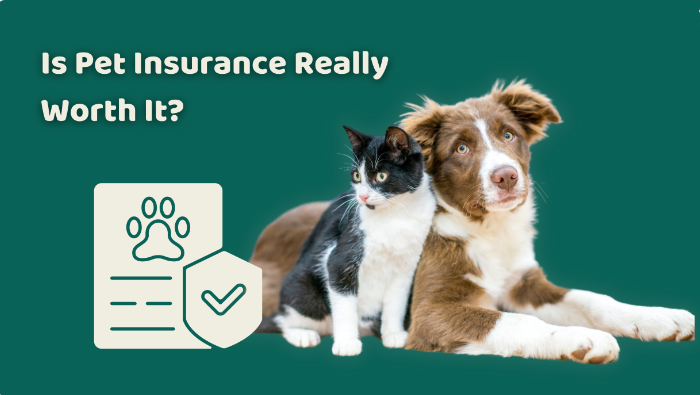Pet Insurance: Is It a Smart Financial Move?
For many people, pets are more than animals they’re beloved members of the family. But as much as we love our furry companions, the rising cost of veterinary care can be a financial shock. From unexpected accidents to chronic conditions, vet bills can add up quickly.
That’s where pet insurance comes in. But is it really worth it?
Let’s break it down.
What Is Pet Insurance?
Pet insurance works similarly to health insurance for humans. You pay a monthly premium, and in return, the insurance company helps cover a portion of your pet’s medical costs if they get sick or injured. Some plans also include wellness coverage for routine care like vaccinations and check-ups.
There are typically three types of coverage:
-
Accident-only – Covers injuries from events like broken bones or swallowed objects.
-
Accident and illness – Includes both unexpected injuries and diseases like cancer or diabetes.
-
Comprehensive – Covers accidents, illnesses, hereditary conditions, and sometimes routine care.
💸 The Cost of Veterinary Care Today
Veterinary costs have increased in recent years due to advancements in pet healthcare. While it’s great that pets can now receive better treatment, it also means higher bills.
-
Emergency surgery: $1,500–$5,000
-
Cancer treatment: $2,000–$10,000
-
Chronic condition management (e.g., diabetes, arthritis): $50–$200/month
-
Diagnostic tests (X-rays, MRIs): $250–$2,500
Without insurance, these costs can take a serious toll on your finances—or worse, force you to make heartbreaking decisions based on money alone.
✅ The Pros of Pet Insurance
-
Financial Protection
Helps you manage large, unexpected vet bills without dipping into your savings. -
Peace of Mind
You can make medical decisions for your pet based on what’s best—not what you can afford. -
Flexible Coverage Options
Choose a plan that fits your budget and needs, from basic accident coverage to full-service plans. -
Covers a Wide Range of Issues
Depending on your plan, coverage can include surgeries, prescriptions, hospital stays, alternative therapies, and even dental procedures.
❌ The Cons of Pet Insurance
-
It Doesn’t Cover Everything
Most plans don’t cover pre-existing conditions, and some exclude routine care unless you add it separately. -
Reimbursement Model
You often have to pay the vet bill upfront and then file a claim for reimbursement. -
Monthly Premiums Add Up
Depending on the breed and age of your pet, monthly premiums can range from $20 to $100+. -
Waiting Periods
Coverage doesn’t begin immediately—there’s typically a 14- to 30-day waiting period before benefits kick in.
🐶 Is It a Smart Financial Move?
The answer depends on your pet, your financial situation, and your risk tolerance.
Pet insurance might be worth it if:
-
You have a breed prone to certain illnesses or hereditary conditions.
-
You want to avoid the stress of sudden, high vet bills.
-
You prefer predictable monthly payments over unpredictable emergencies.
It may not be necessary if:
-
Your pet is older and already has several health conditions (which may not be covered).
-
You have a large emergency fund set aside specifically for pet care.
-
You’re disciplined enough to save for pet healthcare in a dedicated account.
💡 Tips for Choosing a Pet Insurance Plan
-
Start young – Premiums are lower and more coverage is available for younger pets.
-
Compare providers – Look at what’s covered, annual limits, deductibles, and customer reviews.
-
Know what’s excluded – Be clear on pre-existing conditions and optional add-ons.
-
Read the fine print – Make sure you understand the claims process and waiting periods.
📌 Final Thoughts
Pet insurance isn’t one-size-fits-all. But for many pet owners, it provides financial security and peace of mind in the face of unpredictable veterinary costs. If you’re not sure whether to commit, explore quotes and read policy details—you might find the investment well worth the tail wags and purrs in return.
After all, when it comes to your pet’s health, being prepared is the best kind of love.


